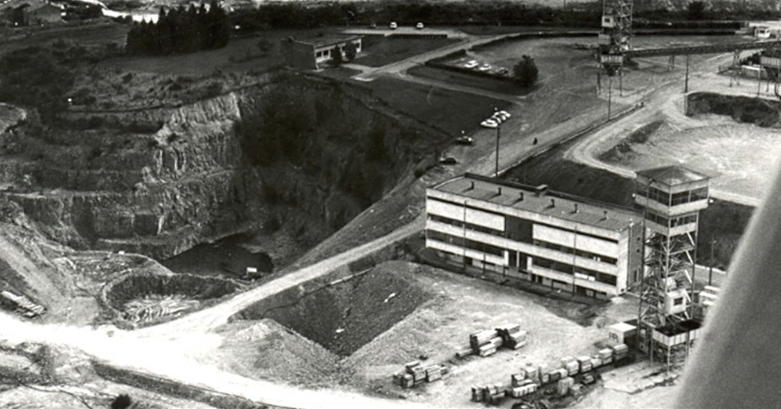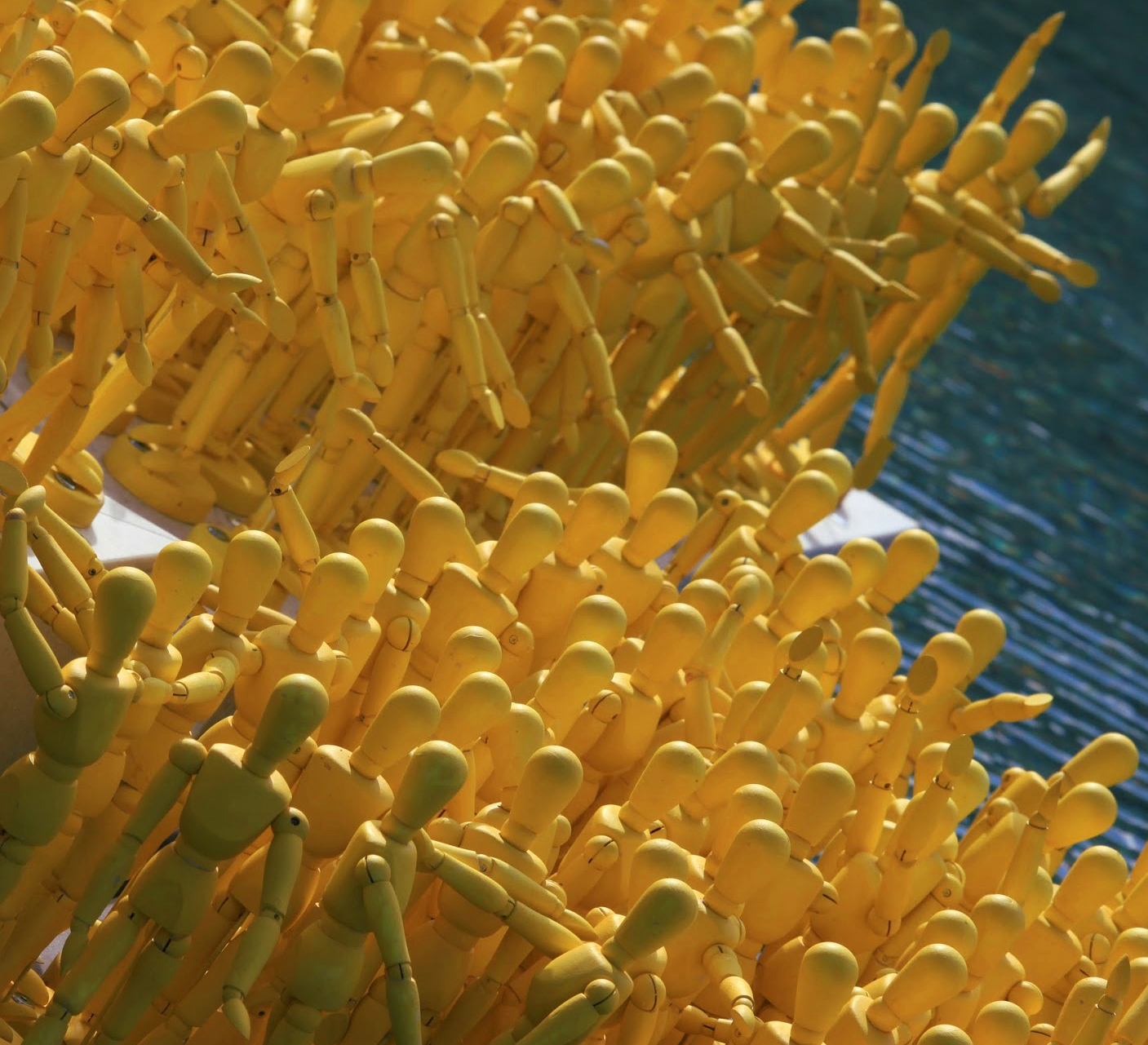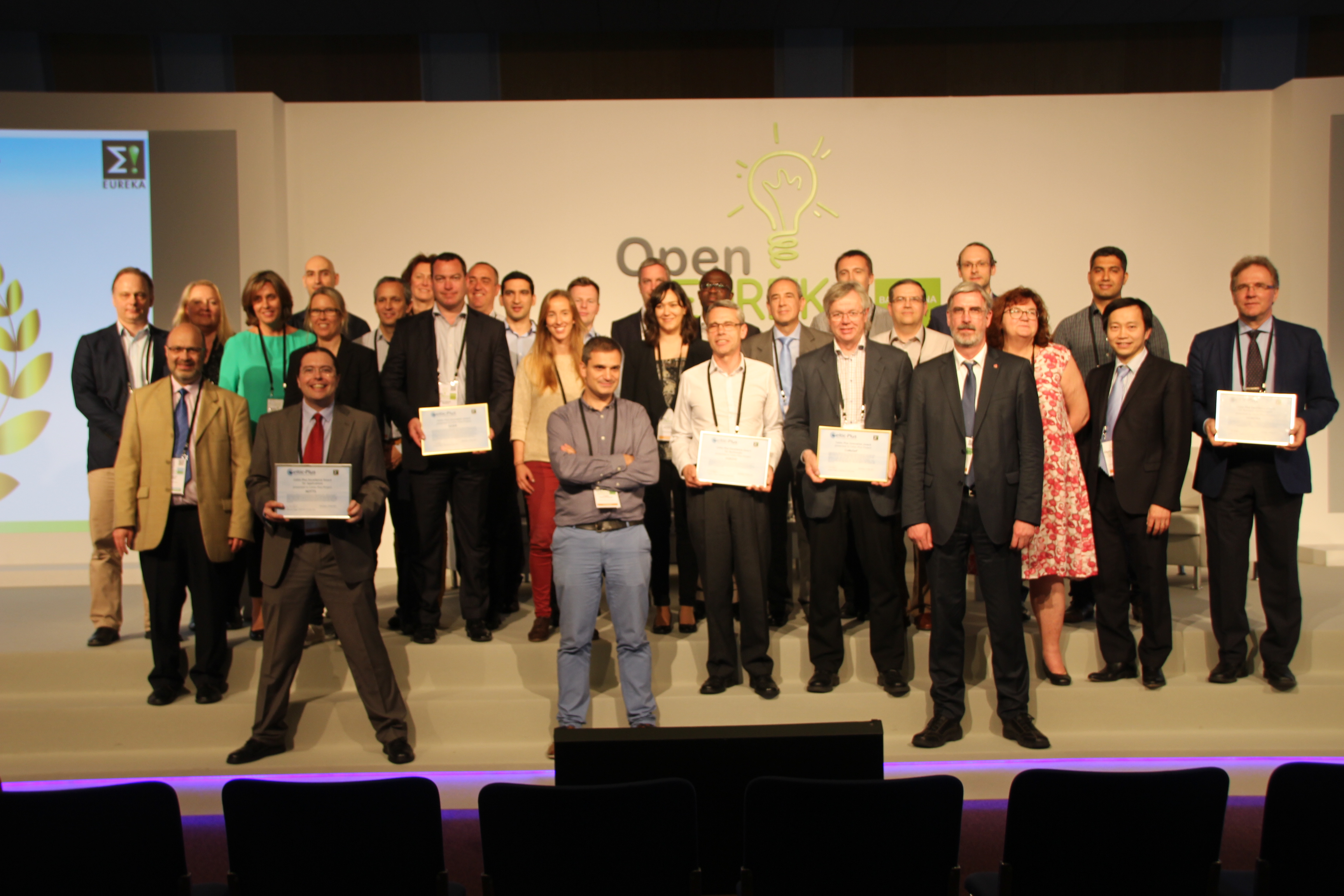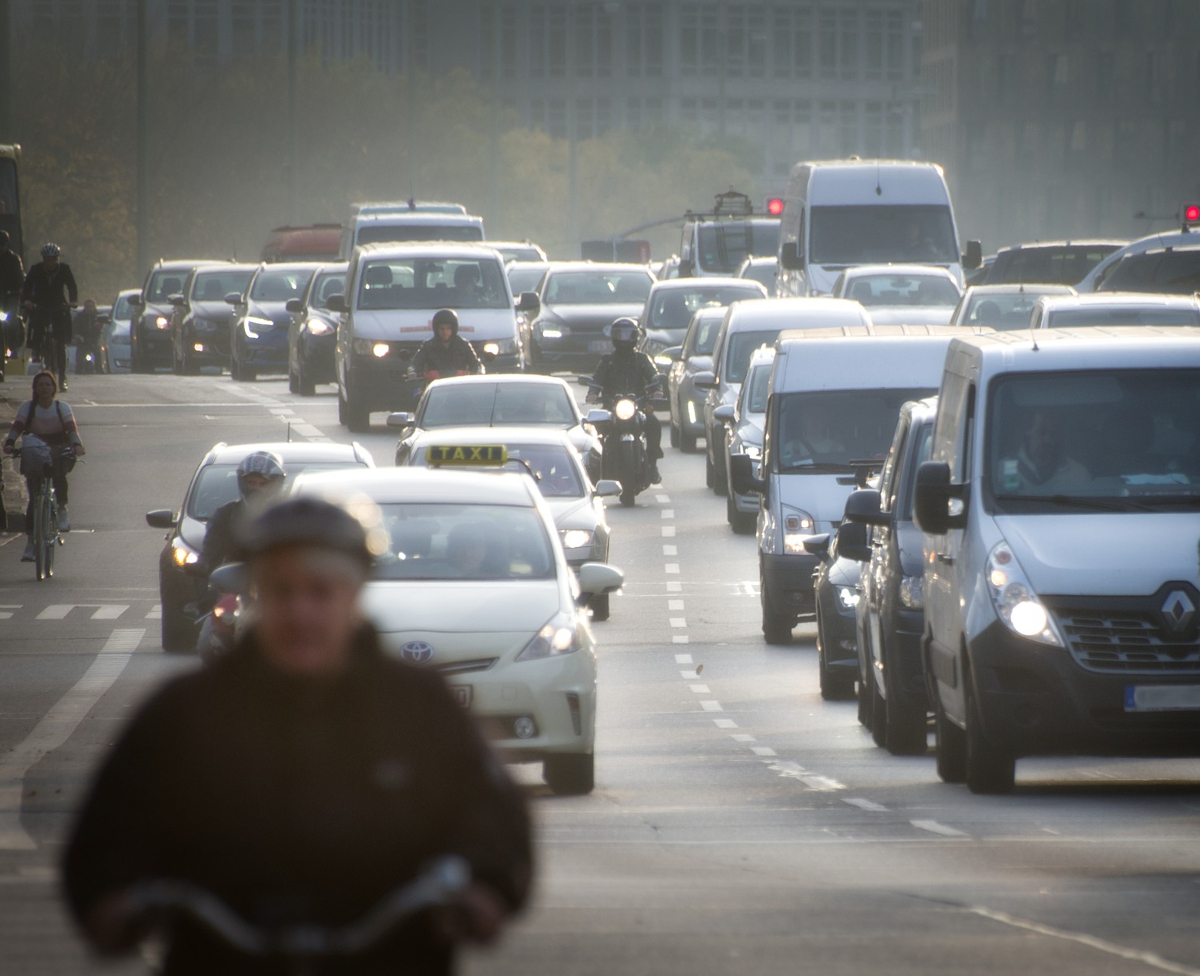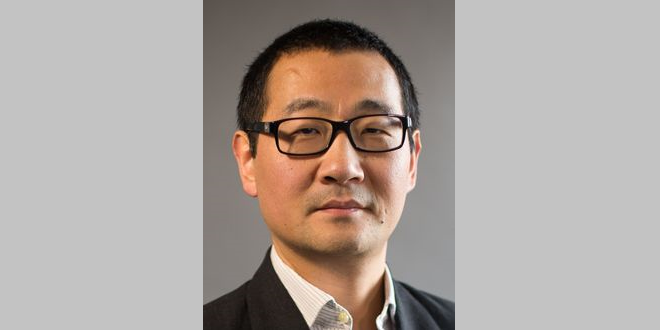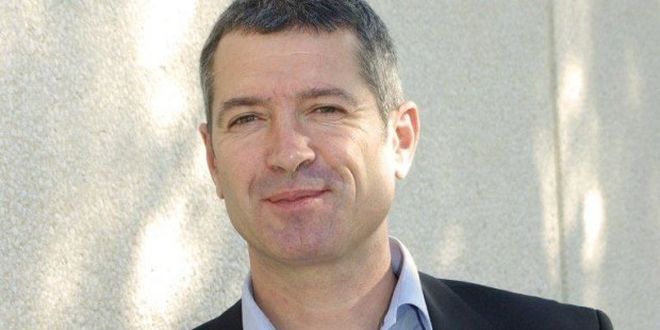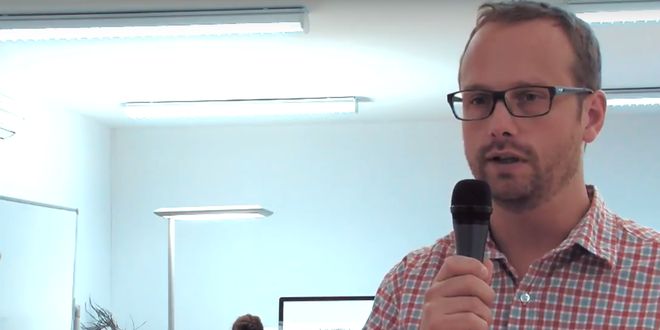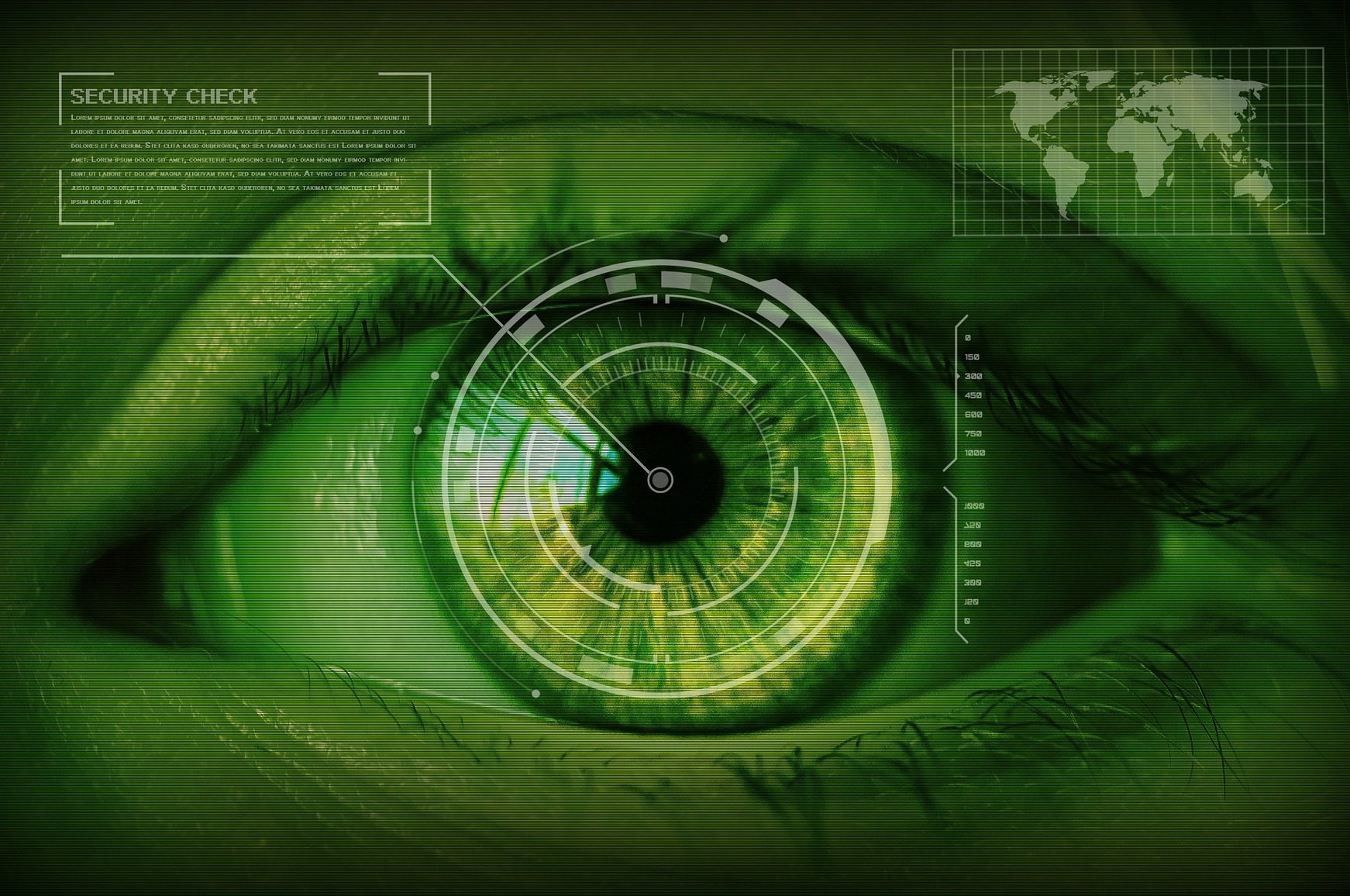Trust, a tool for reducing technological risks?
This article is part of our series on trust, published on the occasion of the release of the Fondation Mines-Télécom brochure: “The new balances of trust: between algorithms and social contract.”
[divider style=”normal” top=”20″ bottom=”20″]
A sociologist with IMT Atlantique, Sophie Bretesché is specialized in the risks associated with technology. She has worked extensively on the issue of redeveloping former uranium mines in mainland France. She believes that trust between the stakeholders at each mine site is essential in better preventing risks. This emblematic case study is presented at a time when technological development seems out of control.
“Private property.” Those who enjoy walking in the woods are very familiar with this sign. Hanging there on a metal fence, it dashes any hopes of continuing further in search of mushrooms. Faced with this adversity, the walker will turn around, perhaps imagining that a magnificent forgotten castle lies hidden behind the fence. However, the reality is sometimes quite different. Although privately owned forest land does exist, some forests are home to former industrial sites with a heavy past, under the responsibility of operating companies. In Western France, for example, “private property” signs have replaced some signs that once read “radioactive waste storage.”
Inconvenient witnesses of the uranium mines that flourished in the territory from 1950 to the 1990s, these signs were removed by the private stakeholders in charge of operating and rehabilitating these sites. Forgetfulness is often the tool of choice for burying the debate on the future of this local heritage. Yet seeking to hide the traces of the uranium operations is not necessarily the best choice. “Any break in activities must be followed by historical continuity,” warns Sophie Bretesché, sociologist with IMT Atlantique and director of the Emerging risks and technology. In the case of the uranium mines, the stakeholders have not taken the traces left behind by the operations into account: they simply wanted them to be forgotten at a time when nuclear energy was controversial. The monitoring system carried out using measuring instruments was implemented on the sites without any continuity with the land’s history and past. According to the researcher, the problem associated with this type of risk management is that it can lead to “society mistrusting the decisions that are taken. Without taking the past and history into account, the risk measurements are meaningless and the future is uncertain.”
This mistrust is only reinforced by the fact that these former mines that are not without risks. On certain sites, water seepage has been observed in nearby farming fields. There have also been incidents of roads collapsing, destroying trucks. When such events take place, citizens voice their anger, begin to take action, and initiate counter inquiries that inevitably bring to light the land’s uranium-linked past. Development projects for the sites are initiated without taking the presence of these former uranium mines into account. Locally, relations between public authorities, citizens and managing companies deteriorate in the absence of an agreement on the nature of the heritage and impacts left behind by uranium mining. The projects are challenged and sometimes the issues take several years to be resolved.
Trust for better risk prevention
There are, however, instances in which the mining heritage was taken into account from the start. Sophie Bretesché takes the example of a former site located 30 km from Nantes. When the question came up concerning “sterile” or waste rock—rocks that were extracted from the mines but contained amounts of uranium that were too low for processing—citizens from the surrounding areas were consulted. At their request, a map was created of the locations linked to the mining industry, explaining the history of the industry, and identifying the locations where waste rock is still stored. “New residents receive a brochure with this information,” the sociologist explains. “Though they could have tried to sweep this past under the rug, they chose transparency, clearly informing newcomers of the locations linked to the region’s mining history.”
This example is emblematic of the role local culture can play in taking these risks into account. In the case of this mine, research was initiated to report on the site’s past. This initiative, carried out with former miners, elected officials, and environmental organizations, made it possible to write the site’s history based on the citizens’ knowledge. In order to prevent “history from stuttering”, the researcher followed the mining operations from the initial exploration phase to the present day. “It’s another way of addressing the risks,” Sophie Bretesché explains. “It allows citizens to get involved by accepting their local knowledge of the sites, and raises the issue of heritage in general. It’s a different way of conducting research by developing participatory science programs.”
From an institutional standpoint, trust is established when the various economic stakeholders involved in a mine site accept to work together. Sophie Bretesché again takes this emblematic example of the former uranium mine bordering a quarry. The Local Information and Monitoring Commission (CLIS), chaired by the mayor of the municipality where the site was located, brought together the former site operator and the quarry operator. “The two industrialists take turns presenting the findings related to their activities. More than an institutional monitoring program, this initiative results in vigilance at the local level. This continuity with the industrial past, maintained by the presence of the quarry, is what enables this,” she explains. “The debate becomes more positive and results in better regulation throughout the territory.”
Unpredictable technology
The trust factor is all the more crucial given the unpredictable nature of the risks related to science and technology. “The mines are emblematic of the difference in time-scales, between the use of technology and the management of its consequences,” Sophie Bretesché observes. Over a 40-year period, uranium mines sprung up across mainland France and then shut down. Yet the consequences and risks from the creation of these mines will continue for hundreds of years. Transparency and the transmission of information, already important in ensuring unity among the population at a given time, will become even more important in ensuring the population’s future resilience in light of risks spanning several generations.
In this regard, the mines are far from being an isolated example. The work Sophie Bretesché’s chair has conducted at IMT Atlantique is full of examples. “Email is a form of technology that is integrated into companies, yet it took society 30 years to realize it could have negative impacts on organizations,” she points out, in passing. While uranium mines and email inboxes are very different things, they both must adopt the same approach to more effectively preventing risks. In both cases, “the communities that are directly exposed to the risks must be taken into account. Local culture is vital in reducing risks, it must not be left out.”

